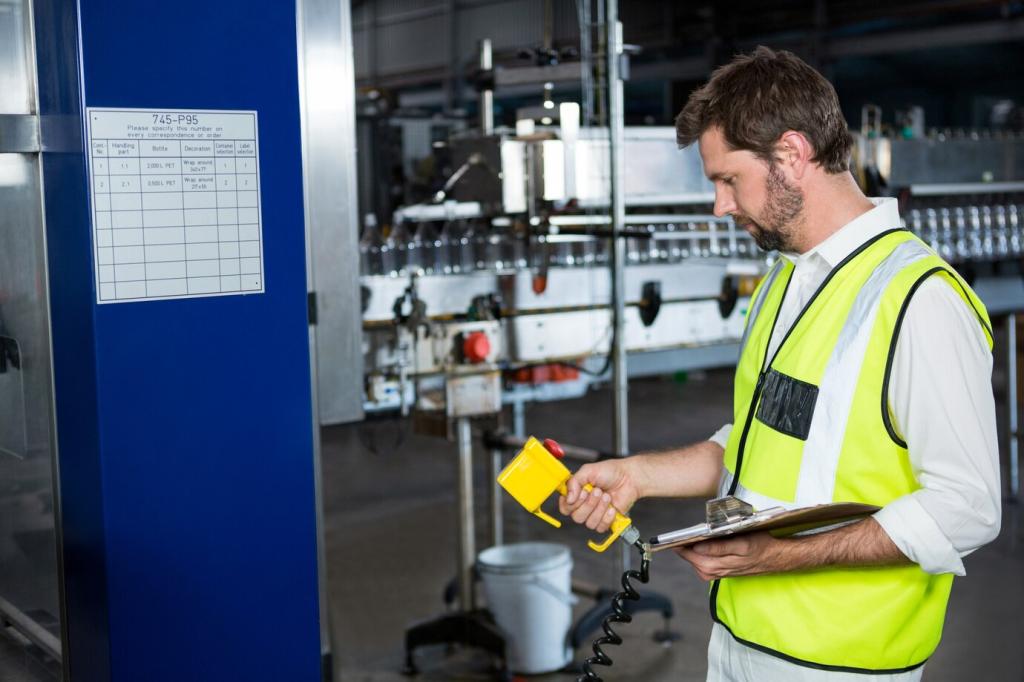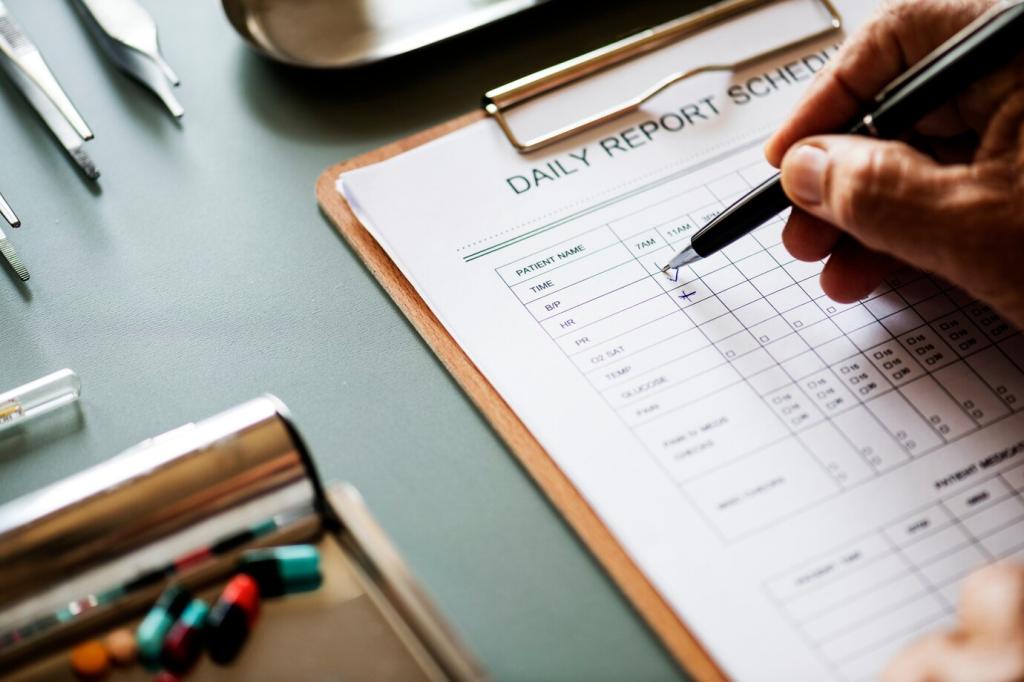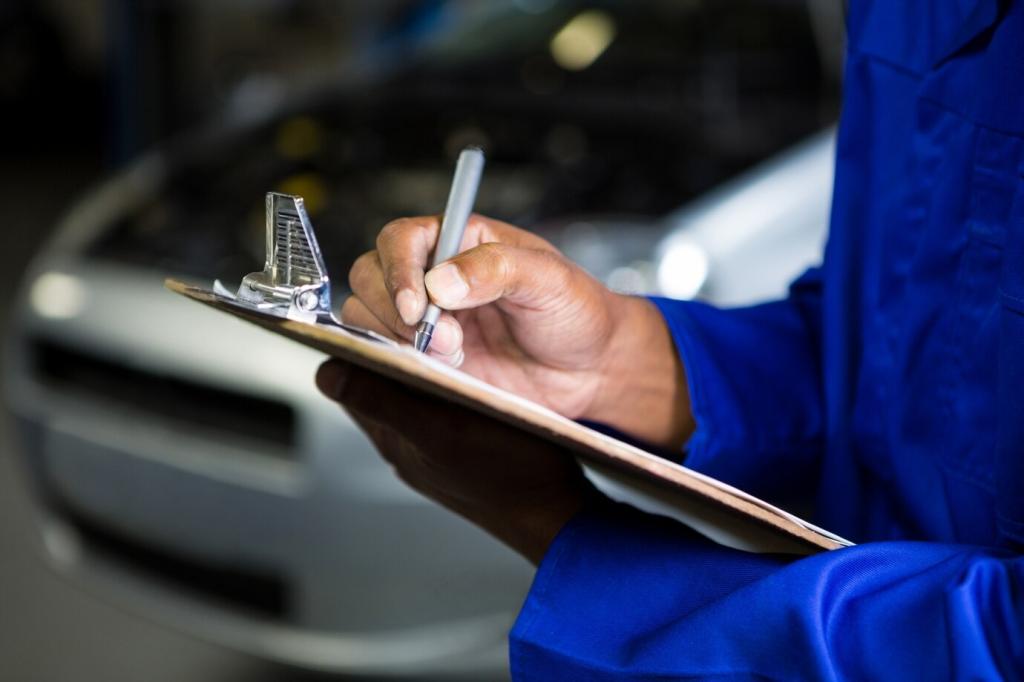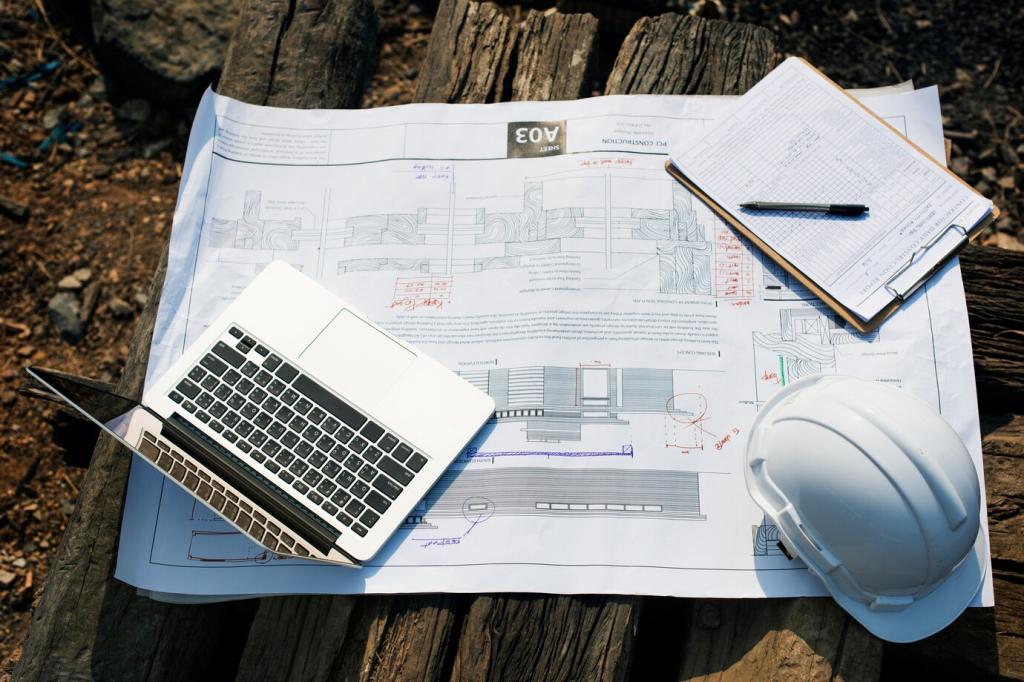Training, Safety, and Ergonomics
Short, repeated drills on low-cost models build muscle memory for scope advancement, torque steering, and retroflexion. Record sessions and tag moments for coaching. One clinic used a 20-minute weekly micro-lab and cut procedure times by a third without sacrificing tissue sampling quality.
Training, Safety, and Ergonomics
Plan protocols by species, ASA status, and expected procedure time. Pre-oxygenation, IV access, and temperature support create a forgiving safety net. Debrief near-misses openly; a culture of learning prevents repeats and reassures new staff that safety always outranks speed.









